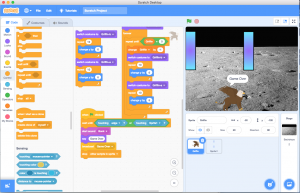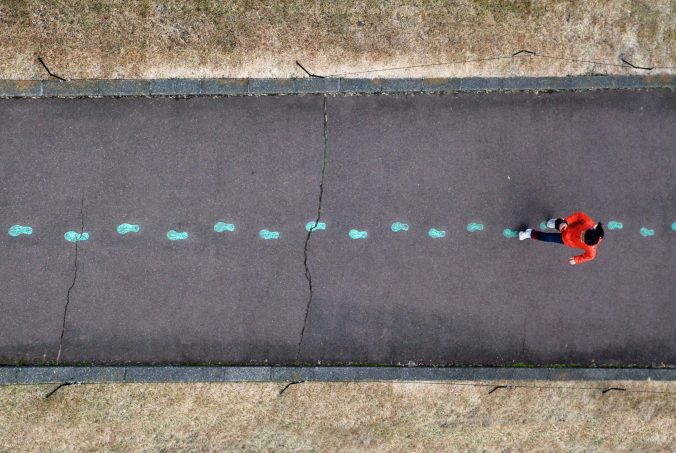Even the best seating plan within a classroom can prove to be an inconvenience to a great lesson. So why should a teacher spend so long working through a lesson plan and not consider the layout of the classroom? Now the majority of classroom furniture is movable but takes time away from a lesson to be rearranged. That being said the benefit of rearranging classroom furniture is invaluable. It is best to experiment with furniture layouts and discover whats best for you and what is best for the lesson at the time.
The BBC give a great example as far as what is important to have within a classroom, and what to consider when organizing a classroom to fit your needs. They discuss some considerations the teacher may have as well as provide suggestions for effective layouts.
Another article written by teacher magazine discusses the important of classroom layout. The article focuses on a more elementary setting but does take into the perspective of the teachers and the students. Setting up the classroom for success and letting students learn through a discussion and group discovery. It also addresses the importance of assigned seating at different points in a students lives. From assigned seating to elementary, to more freedom in high school. Ultimately it boils down to the same thing about knowing your students and pick the best situation to set them up for success.


Recent Comments